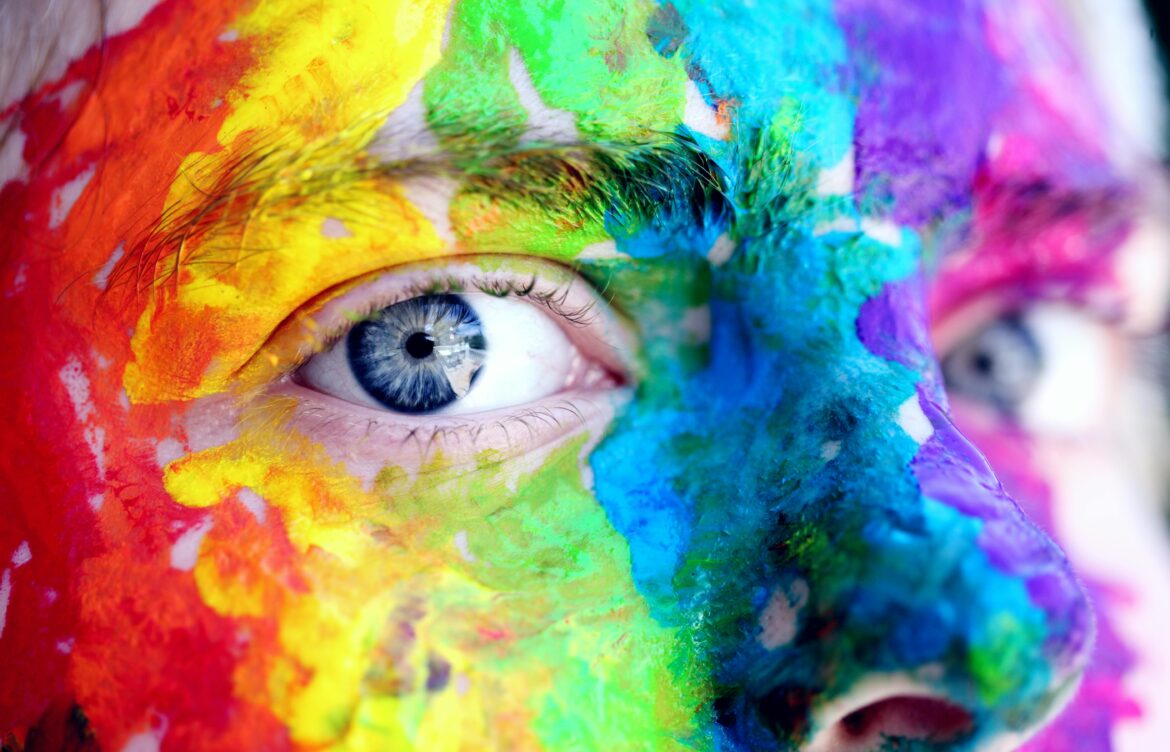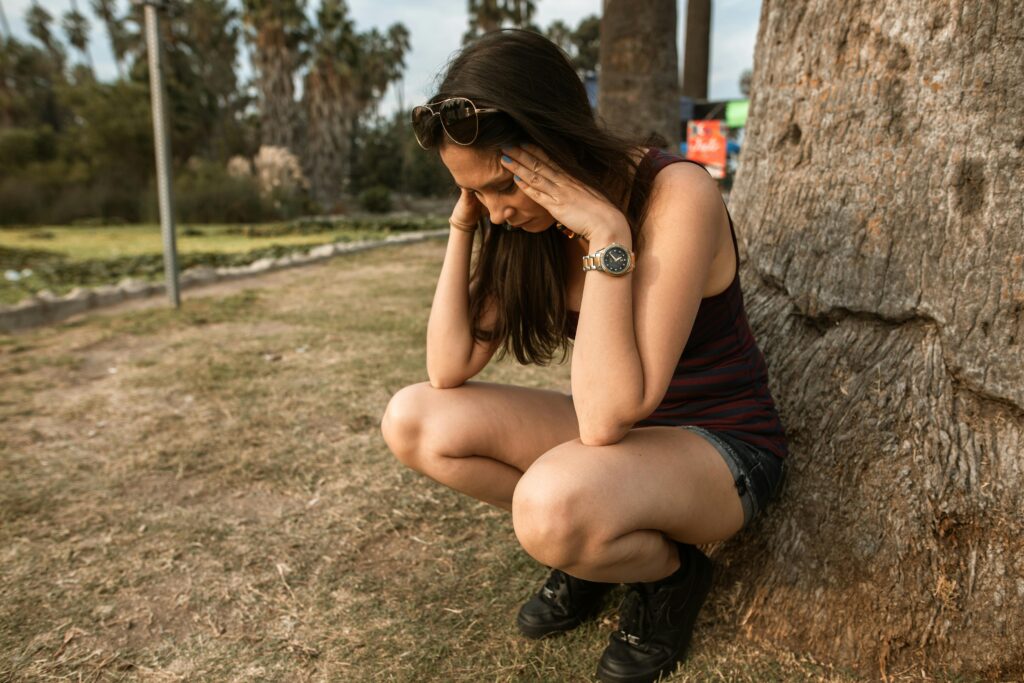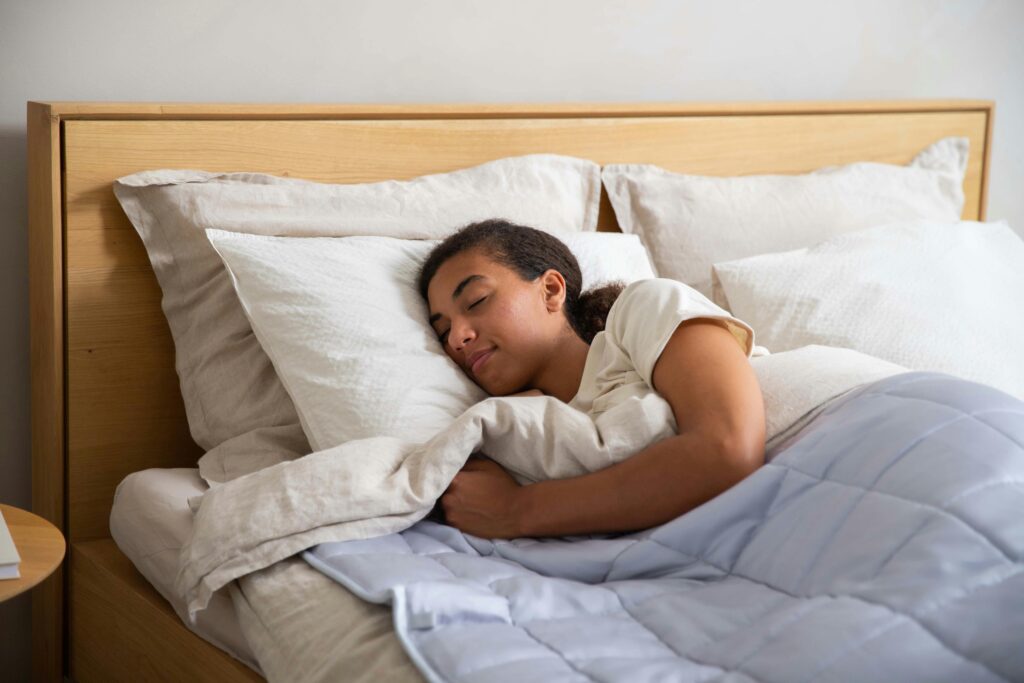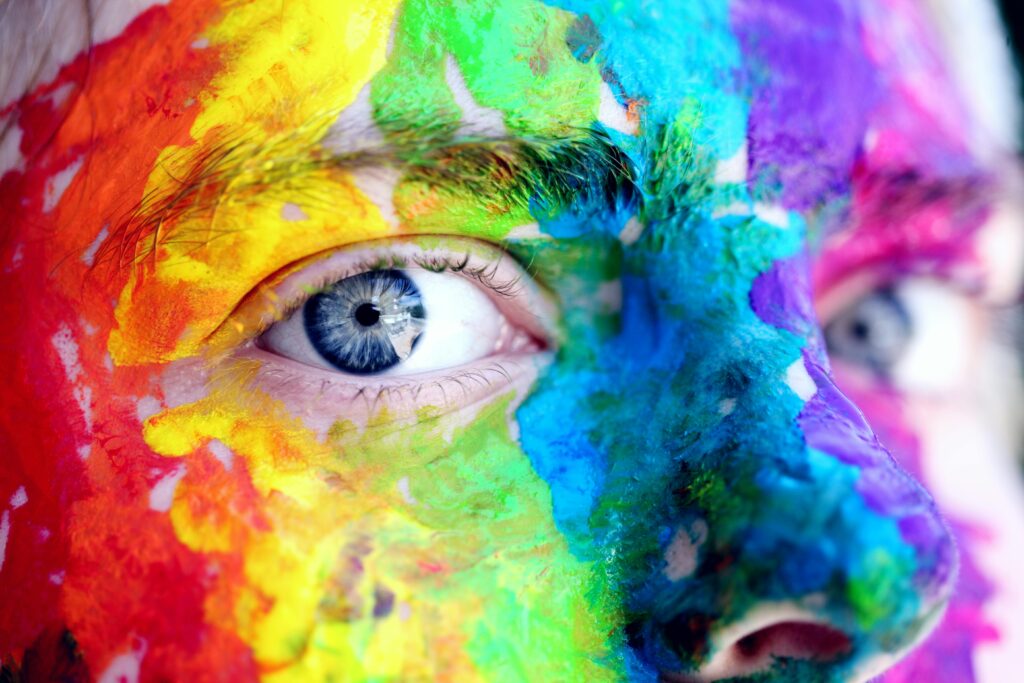
Creative Outlets That Help with Anxiety: Science-Backed Ways to Calm Your Mind
Anxiety can feel overwhelming, but creative expression offers a powerful way to process emotions, reduce stress, and regain control. This guide explores 10 research-supported creative outlets that ease anxiety, the neuroscience behind why they work, and practical tips to incorporate them into your daily life.
Why Creativity Reduces Anxiety
The Brain Science
- Flow State: Creative activities induce focus, lowering cortisol (stress hormone) by up to 25% (Frontiers in Psychology, 2023).
- Dopamine Release: Artistic expression triggers the brain’s reward system, counteracting anxiety’s mental loops.
- Right-Brain Activation: Shifts focus from overthinking (left brain) to intuitive, present-moment engagement.
Psychological Benefits
✔ Emotional Catharsis – Releases pent-up feelings safely
✔ Distraction from Rumination – Breaks repetitive worry cycles
✔ Sense of Mastery – Builds confidence through small wins

10 Creative Outlets Proven to Ease Anxiety
**1. *Journaling (Therapeutic Writing)*
- How it helps: Writing about fears for 15-20 minutes reduces intrusive thoughts (Journal of Clinical Psychology).
- Try: “Stream-of-consciousness” journaling – no editing, just spill emotions onto paper.
**2. *Drawing or Doodling*
- How it helps: Lowers heart rate by engaging the parasympathetic nervous system.
- Try: Zentangle (structured doodling) or abstract sketching with no “goal.”
**3. *Playing a Musical Instrument*
- How it helps: Reduces cortisol and increases alpha brain waves (linked to relaxation).
- Best for anxiety: Piano, guitar, or even simple percussion.
**4. *Coloring (Adult Coloring Books)*
- How it helps: Acts as a moving meditation, decreasing amygdala activity (the brain’s fear center).
- Try: Mandala designs – their symmetry is inherently calming.
**5. *Pottery or Clay Sculpting*
- How it helps: Tactile sensory input grounds the nervous system.
- Bonus: Smashing/reshaping clay can be cathartic for frustration.
**6. *Dancing (Freestyle Movement)*
- How it helps: Releases endorphins + helps the body “shake off” stress hormones.
- Try: 5-minute dance breaks when anxiety spikes.
**7. *Knitting or Crocheting*
- How it helps: Repetitive motions induce a relaxation response similar to meditation.
- Research: Reduces anxiety symptoms by 50% in chronic worriers (British Journal of Occupational Therapy).
**8. *Photography (Mindful Shooting)*
- How it helps: Forces present-moment focus, disrupting anxious thought spirals.
- Try: “Gratitude photography” – capture small, beautiful moments daily.
**9. *Creative Writing (Fiction or Poetry)*
- How it helps: Externalizes emotions through characters/metaphors.
- Exercise: Write a letter to anxiety – then tear it up.
**10. *Gardening (Especially Hands-On Planting)*
- How it helps: Soil microbes boost serotonin (Nature Neuroscience).
- Best for: Overthinkers who need to “get out of their heads.”

How to Choose the Right Creative Outlet
Match the Activity to Your Anxiety Type
| Anxiety Style | Best Creative Outlet | Why? |
|---|---|---|
| Racing Thoughts | Knitting, Coloring | Repetition calms mental chatter |
| Physical Tension | Pottery, Dance | Releases muscle stress |
| Emotional Overwhelm | Journaling, Poetry | Provides safe expression |
| Numbness/Disconnect | Photography, Gardening | Reconnects to senses |
Tips for Maximum Benefit
- Start small (5-10 minutes daily).
- No pressure to “be good” – focus on process, not product.
- Pair with sensory tools (calming music, essential oils).
When Creativity Increases Anxiety (And How to Fix It)
Pitfalls to Avoid
❌ Perfectionism – “This painting must be impressive!” → Try: “I’m just playing with colors.”
❌ Comparison – Scrolling Instagram artists → Try: Keep creations private at first.
❌ Overcommitting – “I’ll crochet a blanket in a week!” → Try: Micro-projects (a single granny square).
Adaptations for High Anxiety
- Use guided creativity (follow-along tutorials).
- Choose forgiving mediums (watercolors vs. precise ink).
- Set a timer – “I’ll draw for 5 minutes, then can stop.”

FAQs
1. I’m not “artsy” – will this still work?
Yes! Creativity is about expression, not skill. Even scribbling angrily on paper helps.
2. How quickly do creative outlets reduce anxiety?
- Immediate: Calming effects start within 5-15 minutes.
- Long-term: Regular practice rewires stress responses in 4-6 weeks.
3. Can creative outlets replace therapy/medication?
They’re a powerful supplement, but not a substitute for clinical treatment in severe cases.
4. What if I feel worse when creating?
- Switch mediums (e.g., from writing to movement).
- Try structured prompts (avoid open-ended “express your feelings”).
5. Best outlet for panic attacks?
Tactile activities (clay, knitting) – they ground you fastest.
Final Thought: Creativity as a Lifeline
Anxiety shrinks your world; creativity expands it. You don’t need to be Picasso or Shakespeare—you just need to let your hands and heart lead when your mind is stuck.
Challenge: Try one of these outlets today, even for 5 minutes. Notice the shift.
